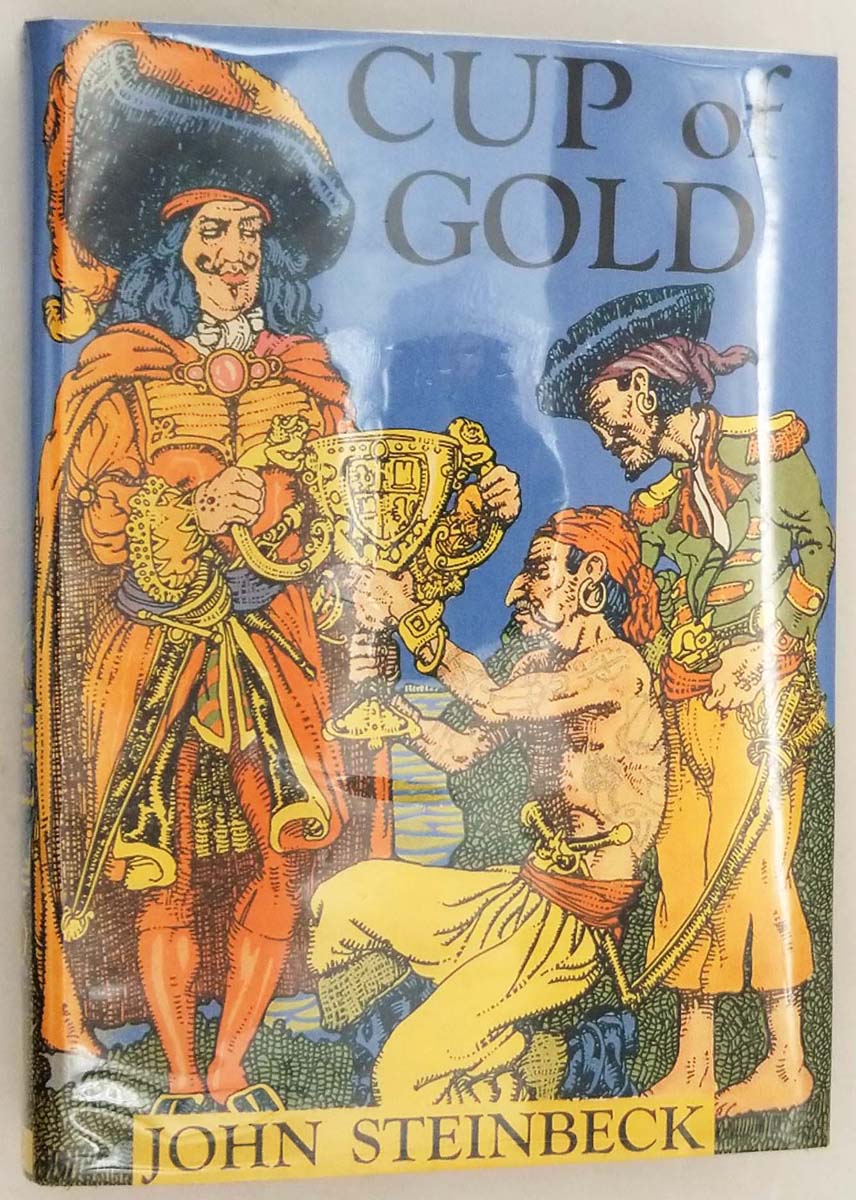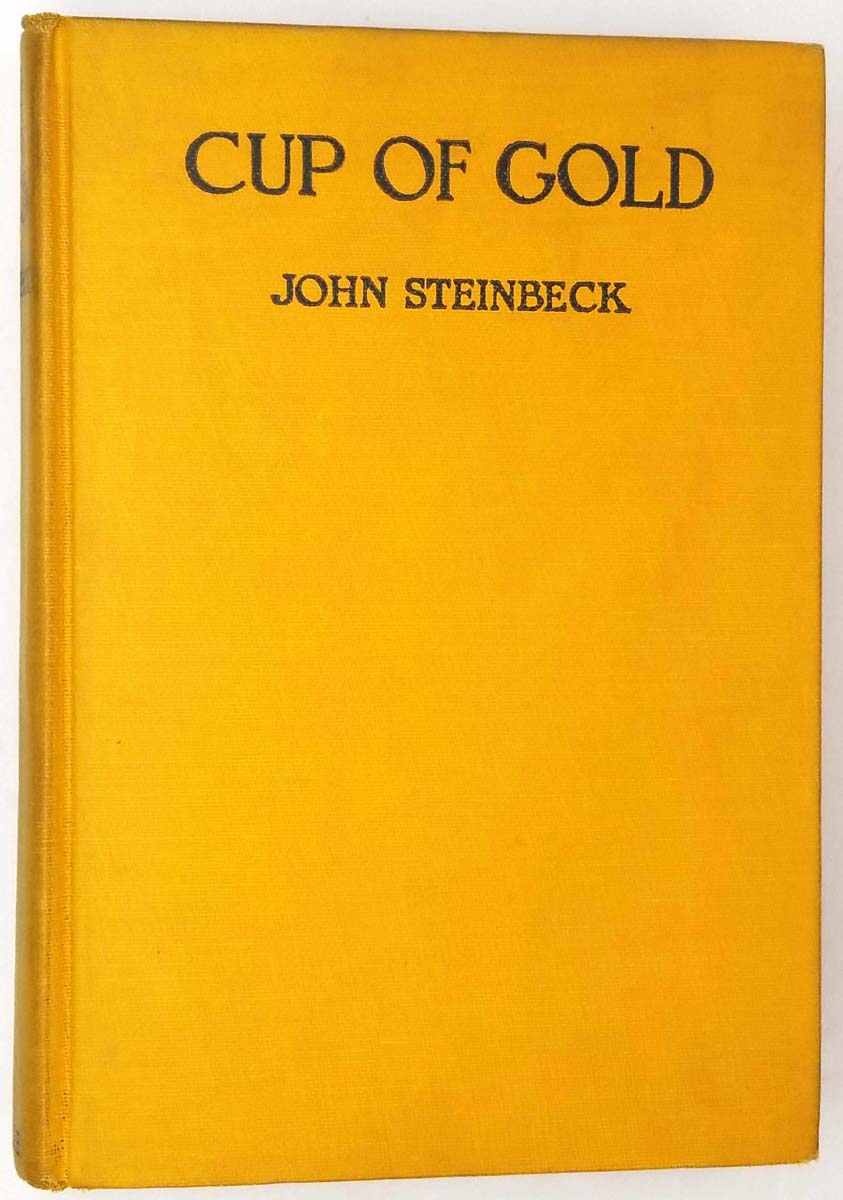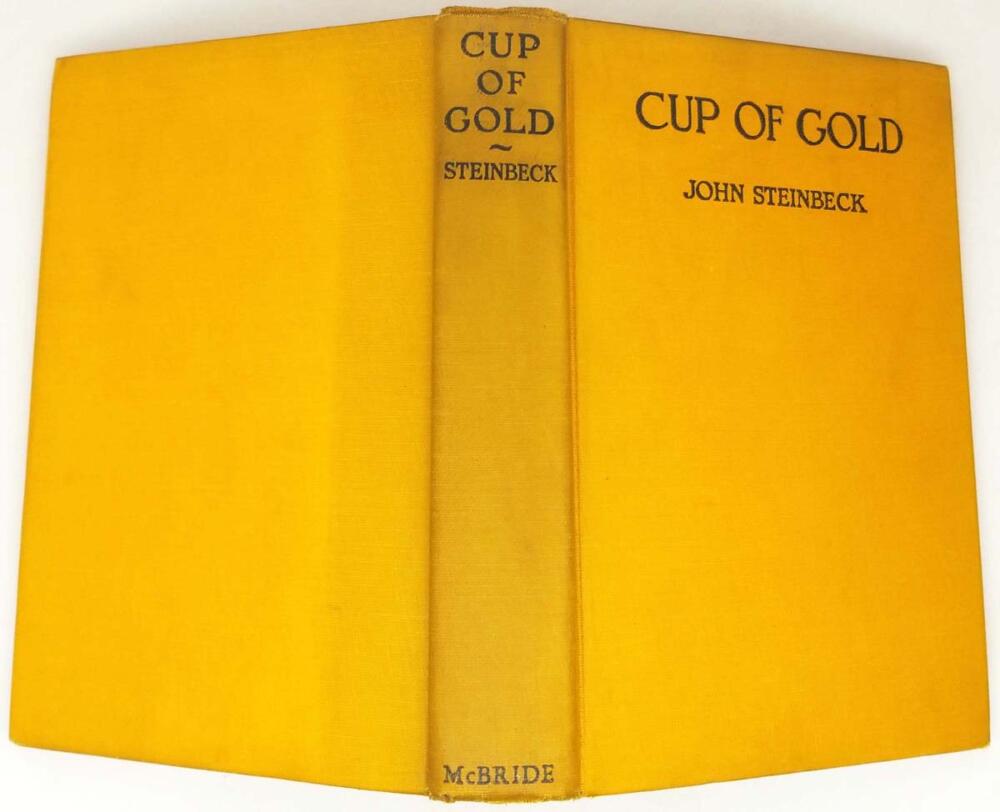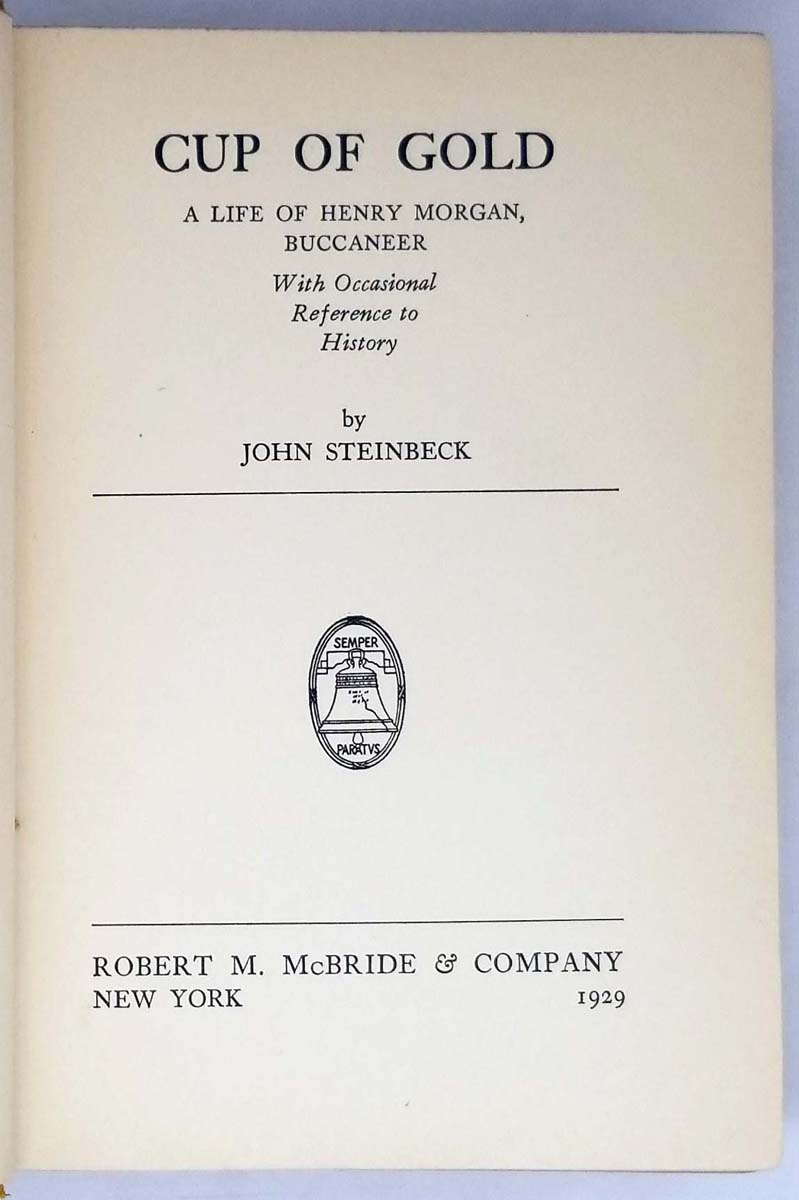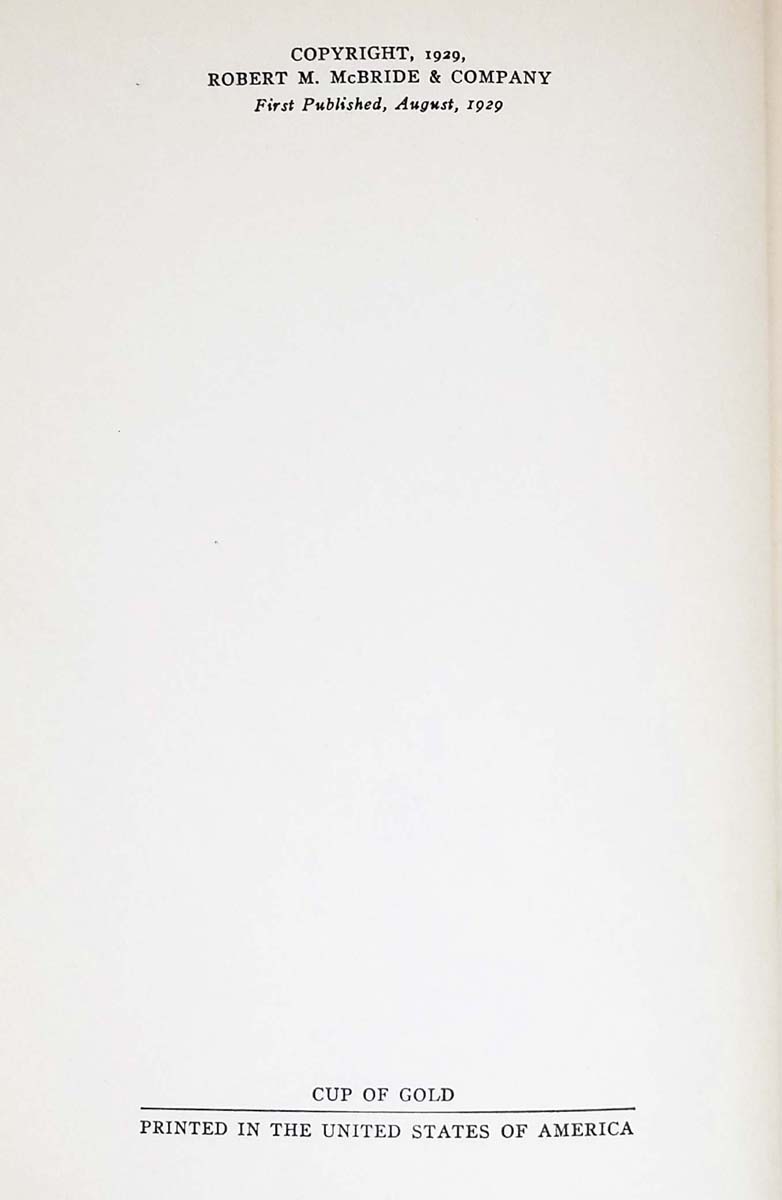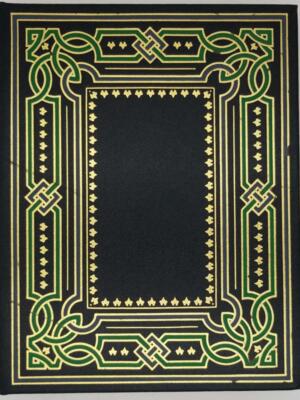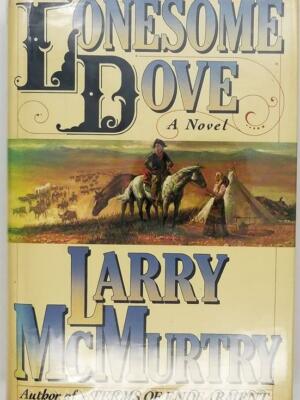Though Steinbeck later dismissed the work as “a boy’s dream,” this embryonic masterpiece reveals his early fascination with mythmaking, evident in Morgan’s symbolic quest for the “Cup of Gold” (Panama City) and the haunting presence of La Santa Roja, a mysterious woman who becomes the pirate’s white whale. Only 1,535 copies were printed before the Depression curtailed distribution, making intact first editions exceptionally scarce. The 1929 text contains unpolished but vigorous passages later excised from revised editions, including a graphically violent raid sequence that foreshadows Steinbeck’s unflinching realism in The Grapes of Wrath.
For collectors, this volume represents both a cornerstone of Steinbeck’s oeuvre and a fascinating artifact of 1920s publishing—the crimson boards and deckle-edged pages embodying the Jazz Age’s last exuberance before the Crash. Unlike his later socially conscious works, Cup of Gold lives in the realm of romantic legend, making it unique in the Steinbeck canon.
